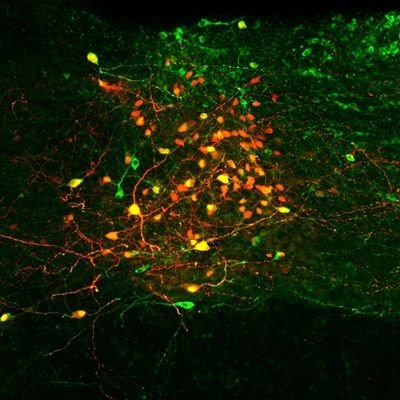
@AtasoyLab
Assoc. Prof. @IowaNeuroPharm , interested in circuits for appetite & metabolism, circadian regulation, obesity & hypoglycemia. Atlas' & Zeus'(pitsky) dad.

@AtasoyLab
Assoc. Prof. @IowaNeuroPharm , interested in circuits for appetite & metabolism, circadian regulation, obesity & hypoglycemia. Atlas' & Zeus'(pitsky) dad.